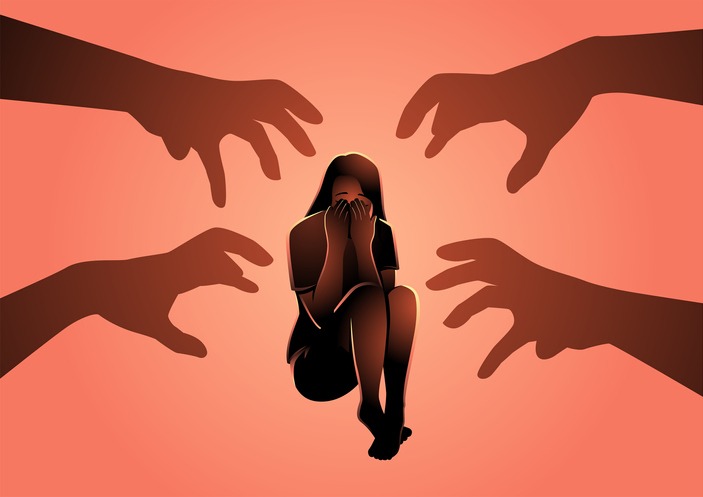
It can be hard to spot signs of domestic abuse in the workplace – here is a toolkit to help identify it and ways you can take action
CREDIT: This is an edited version of an article that originally appeared on NEU
Sometimes referred to as ‘domestic violence’, ‘domestic abuse’ in the home can take many forms. The government defines it as ‘any incident of controlling, coercive or threatening behaviour, violence or abuse (psychological, physical, sexual, financial or emotional) between adults, aged 16 and over, who are or have been intimate partners or are family members, regardless of gender and sexuality.’ This definition includes so-called ‘honour’-based violence, forced marriage and female genital mutilation.
Who is affected by domestic abuse?
Domestic abuse happens across all social backgrounds and cultures and causes lifelong harm to victims and their children. Anyone can be affected by domestic abuse; however, in the vast majority of cases, domestic abuse is experienced by women and is perpetrated by men.
Disabled women are twice as likely to experience domestic abuse and it is estimated that four-to-nine in every 100 pregnant women are abused during their pregnancy or soon after birth. Bisexual women and trans women are also particularly affected. For other groups of people, the inequalities they face in society, such as racism, ableism, homophobia and poverty, will compound the impact of domestic abuse and pose challenges to seeking support. Here are some possible signs of domestic abuse to be aware of:
- Changes in behaviour including uncharacteristic withdrawal, depression, anxiety, distraction or problems with concentration.
- Changes in the quality of work for no apparent reason.
- Arriving late or leaving early.
- Reduced attendance, increased sick leave or high presenteeism without an explanation
- Needing regular time off for appointments.
- Taking frequent or excessive calls during work time from a partner.
- Repeated injuries or unexplained bruising or explanations that do not fit with the injuries.
- Substance use/dependence.
- Inappropriate or excessive clothing (that might be hiding injuries or bruising).
It is not easy to spot the signs, or to start a conversation with someone you think may be being abused. The NEU recommends taking what is known as the ‘Four Rs’ approach: recognise; respond; record; refer.
Recognise – look out for signs of abuse.
Respond – listen and respond appropriately. This includes:
- taking the disclosure seriously;
- not being judgmental about the victim’s response to the perpetrator’s behaviour;
- alerting them to support available under your workplace domestic abuse policy if you have one;
- not giving advice beyond your expertise and providing information about the National Domestic Abuse Helpline and other specialist domestic violence organisations that can offer expert support.
Record – record the discussion in a confidential email to yourself (using your work email).
Refer – as a peer, you should reassure your colleague that your discussion will remain confidential unless an exception applies. You can encourage your colleague to disclose to their line manager or headteacher, but you should respect and accept their thoughts and ideas on the way forward.
If you are affected by the disclosure, you can seek counselling from the Education Support Partnership.


Be the first to comment